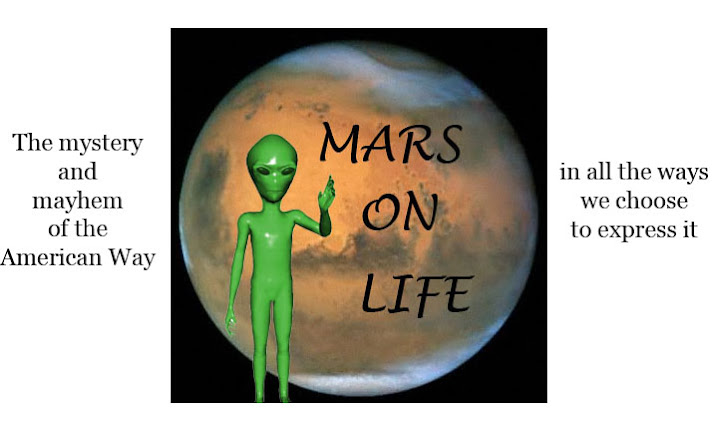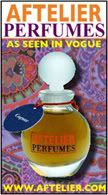
The story of Scheherazade, as imagined by Léon Bakst and as choreographed by Michel (Mikhail) Fokine for the Ballets Russes, is an orgiastic explosion of seemingly mismatched colors and Persian spectacle. Premiering on June 4, 1910, the ballet featured Ida Rubinstein as the wanton Sultaness Zobeide and Vaslav Nijinsky as the "golden slave."
The erotic pairing of a Caucasian female with a black servant tantalized Paris, as did the frank depiction of matrimonial betrayal and abandoned orgy with subservients. Such a coupling was unexceptional in Russia. The Russian court was peopled by the descendants of court blackamoor Abram Hannibal, a former slave and favorite of Peter the Great whose African genes were so dominant that even in the 20th century his descendants bore dark eyes and wavy ebony hair.
In 1910, the Ballets Russes was in its second Parisian season, a season that included not only Scheherazade but another Fokine-choreographed ballet, Carnival. The costume design of both works had tremendous resonance on the world of fashion. Scheherazade was to go beyond the world of fashion to influence the world of art.
Prior to 1910, color palettes were pellucid and delicate as watercolors. Pale mints, pinks, sky blues, and lilacs suggested a gentle, chaste femininity and were considered the only acceptable Art Nouveau tones. Pastels precluded any notion of eroticism. Bakst would issue a direct sexual challenge to this notion with Scheherazade's vividly pigmented color scheme.
Bakst was also responsible for the ballet's libretto and Rimsky-Korsakov the score. The story centers around the Sultan's favorite wife Zobeide, who has been accused of faithlessness by her husband's brother. When the Sultan and his brother leave for a hunt, Zobeide bribes a eunuch to free the slaves from a cage. Led by the "golden slave" (so named for his costume), the men engage in an orgy with the Sultan's odalisques. The Sultan and his brother return and the brother murders the golden slave. Zobeide then stabs herself.
In costuming Scheherazade, Bakst paired colors that were, for the time, contradictory: blue/purple, red/yellow, green/orange. These bold, art-twist tonal combinations were used both in costume and scenic design and they created a rage that swept over fashionable Paris. The "shocking" eroticism of the plot also caused moral outrage and ensured Scheherazade's success.
The Ottoman costume designs included caftans, minaret tunics, semi-sheer harem pants, turbans, long strings of pearls, and egret feathers. The diaphanous quality and the flow of the clothing accented the performance, which was done in mime.
An ongoing debate centers on whether Paul Poiret was influenced by Bakst, but in 1910 Poiret's designs were decisively harem-Oriental. Included were the hooped lampshade skirt worn over pantalons (later replaced by the hobble skirt), the harem pants, the pearls, the tunics, and the embroidered turbans. The colors emulated the tonal scheme of Scheherazade with orange pairing green, red with blue, and gold with pink.
Question of mimicry aside, on June 24, 1911, Poiret hosted a 1002 Nights soiree with his wife Denise costumed as Zobeide. This was one of the first public wearings of the lampshade skirt and it created a sensation. The skirt would go on to be the defining garment of Orientalist design. It was also an obvious nod to the ballet's rampant cultural influence.
Orientalism would likewise appear in the collections of Callot Soeurs and at the Russian houses of Gindus and Bresac. It was also widely disseminated in illustration (Erté, who like Poiret denied any Ballets Russes inspiration) and other artwork of the period.
Aside from the historical aspect, one must consider the impact the ballet had upon popular culture. Cinema, then in its infancy, had not yet gained a foothold as a popular form of mass entertainment. This left ballet and the opera as the chief sources of amusement. One can only imagine the colossal impact of opening night, as the dancers swirled in their fiery transparent garments and told the story of an erotic, unbridled passion that would reverberate throughout the world of fashion like a revolutionary call to arms.
Images: Top left--Bakst: an odalisque from Scheherazade
Center right: Bakst: Scheherazade's Sultan
Bottom right: A Poiret design from 1910
Thursday, January 10, 2008
Scheherazade Orientalism, 1910
Labels:
Bakst,
Ballets Russes,
Paul Poiret
Subscribe to:
Post Comments (Atom)









12 comments:
I love the illustrations, and the 1910s was one of my favorite periods in fashion.
Will you please write a book of essays on fashion history?!?
If the V&A's upcoming exhibition features Ballet Russes' costumes, I'll be raving about them for many a day....
I have always been fascinated by Scheherazade both as a legendary character and in Rimsky-Korsakov's score...blame my fascination with Russian composers when I was doing my piano diploma...
I saw the Poiret exhibit at the Met...very inspiring!
when i went to the MET last year to see the Poiret show, the "orientalism" section was one of the biggest and most interesting.
it's amazing that this whole fashion (in the Poiret case) was started just from a party he throw with his friends honoring the success of Le Ballets Russes...
imagine you throw a party with your friends in which everyone dresses like in the 30's and the whole western world starts dressing just like you and your friends in your private party!
what a great post suzanna :)
Are you some sort of genius? I feel smarter just looking at your blog, nevermind reading it.
No, Thomas, I'm just well and arcanely read.
Seriously, I missed a good portion of my twenties by sitting home with books. I am an encyclopedia of esoterica.
Susie, I am envious of that exhibition. I love the V & A and haven't been to London in donkeys'.
I also missed out on the Met. I'm confirming a suspicion that the West Coast is somehow deprived.
I echo Thomas' feelings, each time I visit I invariably consult a dictionary once or twice! Oh, but reading your writing is an inexpressible pleasure.
DCB.
DCB, what a huge compliment, and coming from one of my very favorite bloggers as well!
Thank you! As you know, I enjoy Male-Mode immensely and consider it a top resource.
Thank you for bringing Poiret's (though brilliant) Orientalist flair up for debate! And yes, he was influenced by these motifs, I believe. The question is, in fashion "Who is NOT an Orientalist?" And to that i think there are many designers - discounting Galliano! - who are pursuing avenues far different from his sort of ornateness. Anyway,
"The erotic pairing of a Caucasian female with a black servant tantalized Paris, as did the frank depiction of matrimonial betrayal and abandoned orgy with subservients."
This desribes Madonna's early music video career, no?
xoxo
Riz, absolutely! It's a universal theme. I mention it because of the fact that it was such a non-event in the Russian court due to Abram Hannibal's genetic influence.
Society will always find a way to be scandalized. I find this interesting from a philosophical standpoint, since the same things shock similarly and repeatedly. This gives them a power that allows them to traverse history as well as they do.
As a belly dancer, this post really resonated with me. Thank you.
Post a Comment